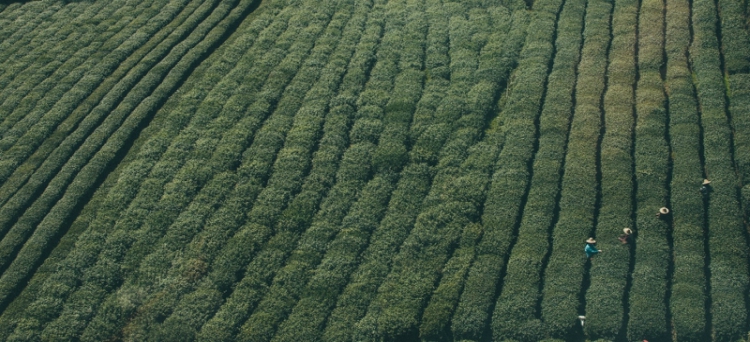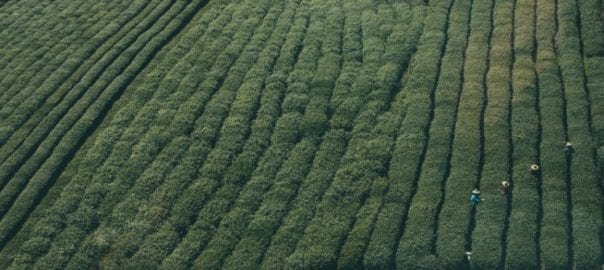Investing in the agriculture sector can provide numerous benefits, including a partial shield against inflation risk, the prospect of cash flow as well as fixed asset value appreciation and several types of optionality, such as the ability to change a property’s crop mix and even its fundamental use. Despite these advantages, companies in the agriculture sector often face unique challenges which can make investment analysis challenging, such as high degrees of production and price volatility.
To assist investors who may be new to the sector to form a realistic view of investment opportunities and risks, the following is a brief list of key points to keep in mind when making agriculture investments.
1. Secure Water Access is Vital. While it will come as no surprise that water is vital for agriculture, investors may not be aware that water needs can vary significantly depending on the type of crop. Water consumption for cotton, for example, is nearly double the typical water consumption for a hectare of grapes.
In addition to wide differences in water needs, the access and rights to water of farms can be very different, with some farms having access to water from deep wells on their own properties and others drawing a large amount of water from sources that can be severely limited in times of drought. When analyzing an investment opportunity, investors should therefore carefully study a property’s current and likely future water needs, how a property obtains its water, the state of its irrigation infrastructure and how secure its water supply will be, both under conditions of normal rainfall as well as drought.
2. Current Production Levels May Be a Weak Indicator of Future Production Performance. When considering investment opportunities in many sectors, investors often infer future production from current or recent production levels. In the agriculture sector, however, this approach may significantly skew potential investment opportunity and risk because:
– planting densities on a property may not be optimal
– crop management practices, including with respect to soil treatment, irrigation, pruning, harvesting and post-harvesting processing and storage, may not be ideal
– plants or trees may be in early phases of their production cycle and may be producing significantly less than they will produce at full maturity. Conversely, production from plants and trees in very late production cycle phases may soon begin to rapidly decline
– production may have been affected by external forces, such as extreme weather events, which are either not likely to recur or that can be defended against with different types of protective farming infrastructure
Because of these factors, when analyzing an agriculture sector investment, an investor should look beyond current production levels and instead consider what type of production could be expected from the property if it were well managed and if its maturity cycled normally evolved.
3. Agriculture Property Cost Structures Can Vary Widely. Cost structures in the agriculture sector can vary widely and there can be very large differences in key agriculture cost inputs, such as the cost of land, labor and key farm operating costs. Additionally, depending on both their size and external operating environment, agriculture businesses can be heavily affected by labor shortages as well as economic realities facing other parts of the agriculture value chain that are transferred across or back down to the production level.
Accordingly, rather than simply looking at an agriculture firm’s cost structure, it is important to benchmark a business’s costs against industry competitors and consider how volatile the company’s cost structure is likely to be going forward and the degree to which a company is able to shield itself from or at least counterbalance externally-driven cost increases.
4. Food Prices Can Be Highly Volatile. Compared with prices in other sectors, the prices of agriculture products can be highly volatile. This volatility is due to several factors, including:
– there can be a very large lag between the start of the food production cycle and when that product is finally delivered to the market, creating the risk of supply and demand mismatches. These mismatches can result in overproduction even in the face of increasing demand as well as production shortfalls in markets where demand is sharply falling
– agriculture product supply can be severely affected by weather conditions and disease which can have a great impact on price
– because the price of land for real estate is usually higher than the price for agricultural land, agricultural land that is converted into use for real estate purposes can cause projected supply to sharply fall
Due to the risk of price volatility and its impact on revenues, investors should adopt a flexible approach to forecasting the financial performance of an agriculture sector investment. Rather than relying on pinpoint price forecasts, it is generally wiser to analyze what the financial returns of an agriculture project will look like under different price scenarios and consider the extent to which a company is at least partially shielded from price volatility due to fixed-price offtake agreements, a well-diversified agriculture product portfolio or a cost structure that can be downwardly adjusted.
5. Product Distribution Strength Can Vary Widely. There are large differences between agricultural companies in terms of how their products are distributed, with some companies being highly vertically integrated with strong sales arms and others effectively having to find buyers for their products each season. A lack of sales channel strength can negatively affect a company in many ways, including causing company management to waste scarce time and resources on product marketing and placement as well as creating high revenue volatility which makes companies go into cost cutting mode even when expenditures could lead to significant company value creation.
Article written by Darin Bifani.



